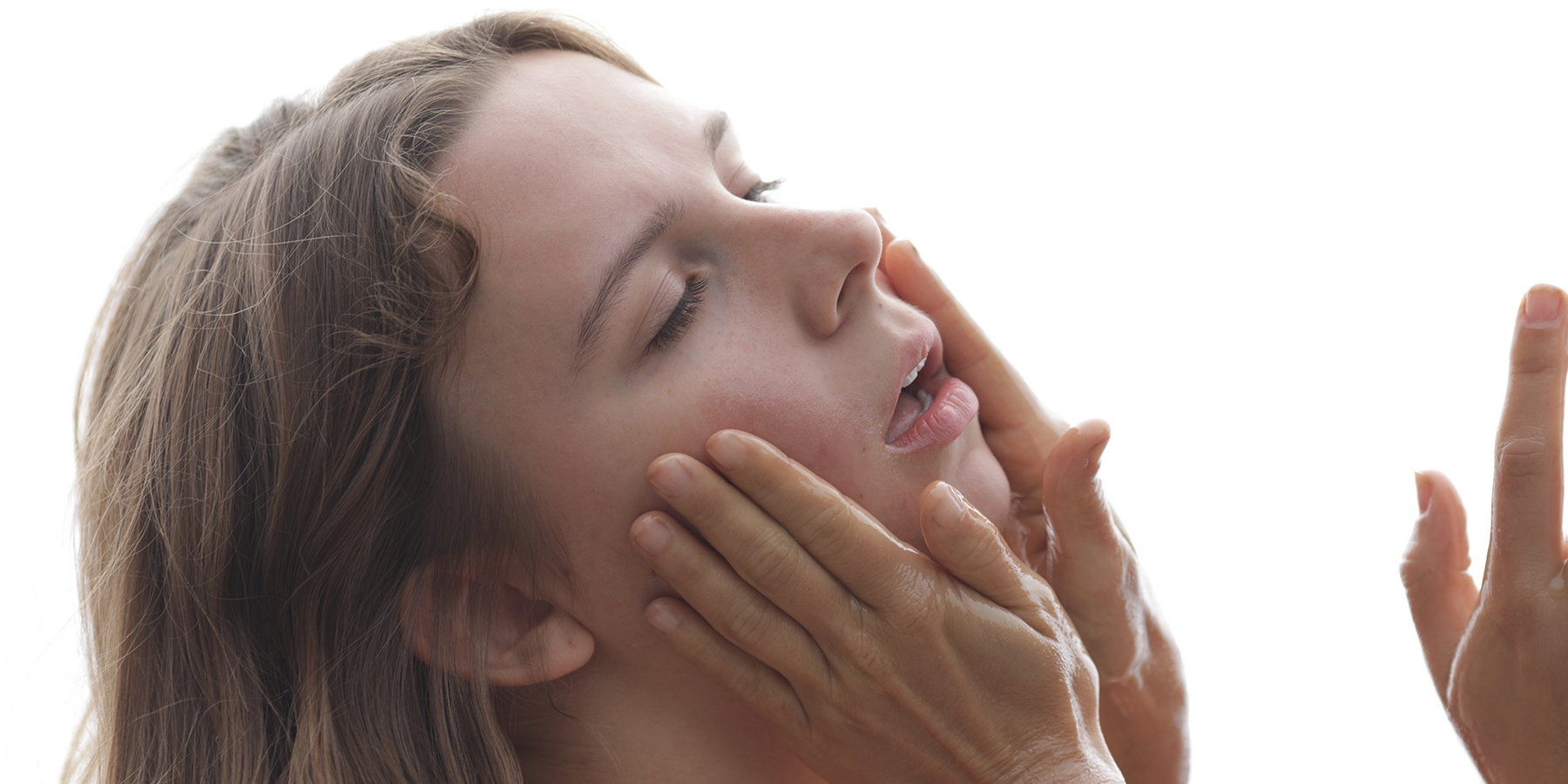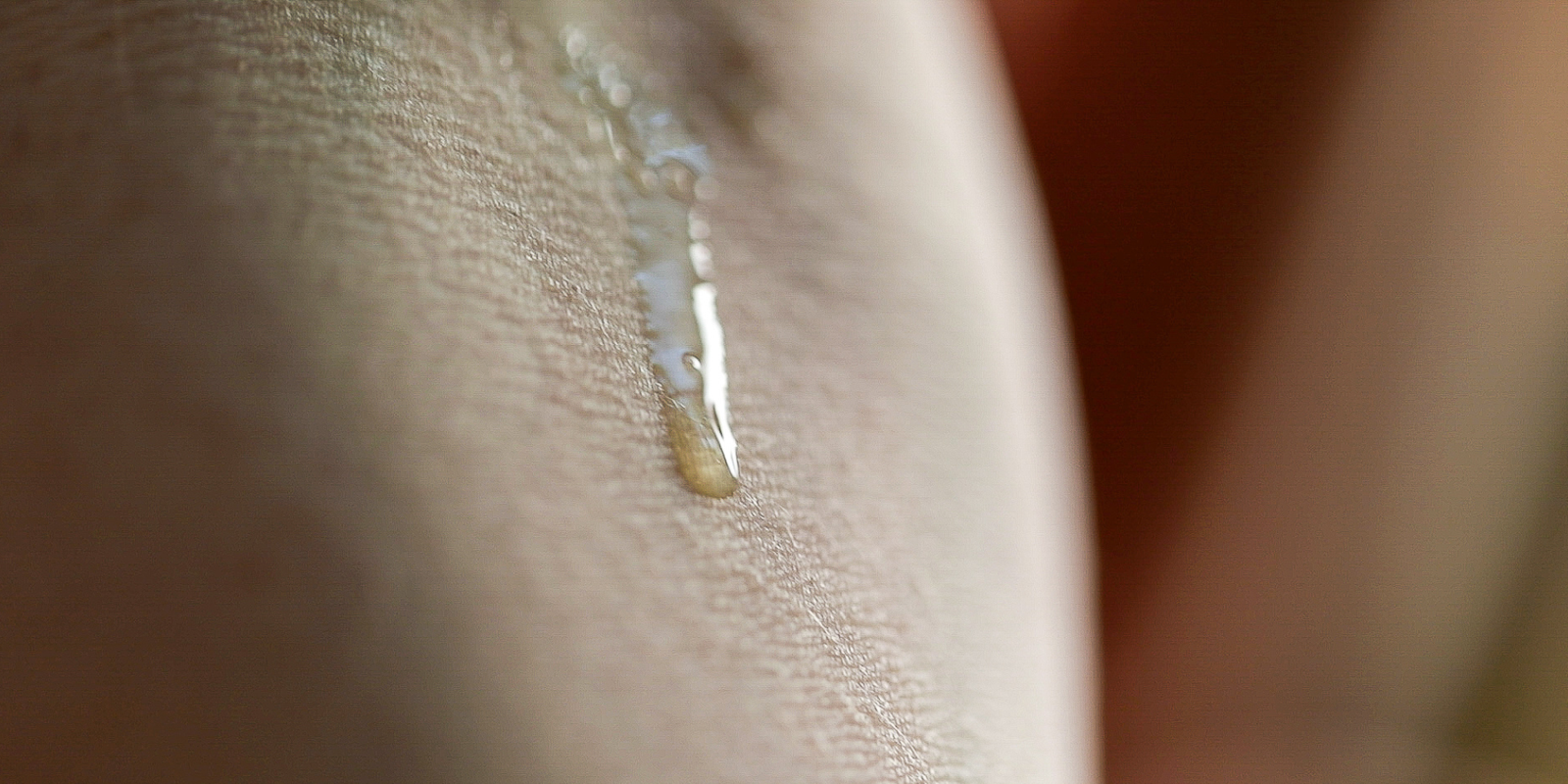Exclusive gift on orders $200+
Exclusive gift on orders $200+
How Does Face Oil Affect Acne?

How Does Face Oil Affect Acne?
Introduction
For some time, there was the belief that people with acne should only use oil-free products, and products designed to strip the natural oils from their skin. Theoretically, you would think that removing and avoiding oil would be the perfect solution to treat acne, which is often associated with oily skin. This couldn’t be further from the truth! Acne can be treated quite well with oils for several reasons, which I will go further into in this post. I have had many facial clients clear up their acne by introducing oils and other natural ingredients into their skincare routines. I truly believe it can be a game-changer if you haven’t tried it yet.
Understanding Acne and its Causes.
Acne can sometimes be tricky to treat because there are a number of potential root causes for it. There are both internal and external factors that come into play, it’s not just all about what kind of skincare you are using.
Internal Causes of Acne.
I believe the most influential factors when it comes to acne, are usually internal. Your skin is the largest organ of your body, and it is an elimination organ as much as it is a protective one. Your lymphatic system is the clean-up system of your body; it pumps a clear fluid throughout your body that transports cellular waste and excess fluids out of your tissues, purifies it, and then deposits it into your bloodstream. It is made up of a series of vessels and nodes throughout your body, just below the surface of the skin in your dermis. Unlike your bloodstream though, lymph does not flow on its own; it requires physical movement (through exercise for example) or manual massage to flow. When the lymphatic system becomes stagnant, the cellular waste sits there and can inflame your skin.
Hormonal Imbalances
Hormonal imbalances tend to cause acne, particularly cystic acne, which shows up as painful red pimples that you feel deep within the skin. When your hormones are imbalanced, this can stimulate your sebaceous (oil) glands to produce excess oil, particularly on your lower face as the glands there are more sensitive to changes in androgen. You can usually identify hormonal acne if it tends to occur on the lower half of the face, particularly around the mouth and jawline. The best way to determine if hormones are affecting your skin though is through a test from your doctor; this way you can see exactly what, if any, hormones are out of balance and discover remedies to rebalance them. Note that high levels of stress may impact your hormones so practicing stress-relief techniques can be helpful too!
Dietary Triggers
Dietary triggers are another common acne-causing issue. When you ingest a food that your body has a sensitivity to, it causes inflammation, which can trigger your oil glands to produce excess oil. This oil gets trapped under the skin and often appears as white bumps, or smaller red rashy pimples, usually on the forehead and sometimes across the cheeks. I’ve found that common triggers include enriched wheat products, certain types of dairy products, high amounts of sugar, and excess omega-6 fatty acid intake. If you suspect your acne may be caused by a dietary trigger, try removing that food from your diet for a week and see if you notice any changes in your skin.
External Causes of Acne.
Acne can also be triggered topically. Prolonged friction on your skin, such as from wearing a hat, or touching your face with dirty hands can all contribute to clogged pores and acne. The two most common external factors though are product use and microorganisms.
Product Use
There are a few ways product use can trigger acne. For starters, if a product has ingredients that make it comedogenic (pore-clogging), that typically will cause blackheads and the occasional pimples. Isopropyl myristate, isopropyl palmitate, and butyl stearate are common synthetic ingredients that can cause blackheads. Natural ingredients can be comedogenic too, and it’s important to know which ones are, to avoid clogging your pores. Coconut oil, cocoa butter, wheat germ oil, soybean oil, and avocado oil all can be too heavy for the skin on your face.
Another way product use can affect acne is if it contains inflammatory ingredients. Red, inflamed acne that can appear anywhere on your face can be triggered by harsh ingredients that throw your oil glands out of whack. Common culprits include artificial fragrance, propylene glycol, sodium lauryl sulfate, and highly acidic ingredients, including hydroxy acids and even natural citrus oils. A great way to determine if a product is causing acne is to remove as much as you can from your skincare routine and gradually introduce them back one at a time to see if your skin reacts.
Microorganisms
Microorganisms refer to bacteria and fungi. While both of these occur naturally in your skin, when you have an excess amount of either, you can experience acne, particularly reddened breakouts. These bacteria and fungi can be introduced from skin cells or surfaces that have been in contact with other people’s skin; they can grow in numbers if you do not cleanse your skin properly. Always make sure to wash your face at the end of every day, to remove any surface impurities from setting up shop on your skin overnight. I love using our Fountain Of Youth Cleansing Clay every night because it contains Apple Cider Vinegar, which is proven antimicrobial and antifungal.
The Myth of Avoiding Oils.
The misconception that using face oils is detrimental to acne-prone skin stems from the belief that they exacerbate sebum production. However, not all oils are the same. Each oil has a unique fatty acid profile, and those fatty acids interact differently with your skin. I’ve written some articles that go into more detail about the differences in oils which you can read here and here.
Linoleic and linoleic fatty acids have been shown to help reduce acne. Linoleic (omega-6) acid has been discovered to be lacking in people with acne-prone skin; it not only helps restore those levels to your skin but also helps to restore your skin’s natural barrier function, which is crucial for your skin repairing itself. Linolenic (omega-3) acid has powerful anti-inflammatory properties, which help to alleviate redness and swelling in active acne. Look for products that contain ingredients rich in these fatty acids to help eliminate acne. Safflower, Sacha Inchi, Hemp Seed, and Grapeseed oils are all great choices! We use Safflower Oil in our Fountain Of Youth Cleansing Clay, and Sacha Inchi in our Holy Grail Face Oil because they are such rich sources.
The Role of Oil in Acne Care.
Your skin naturally produces oil to regulate itself, so moisturizing with the right natural oils is a perfect way to get your skin into a state of balance. Balanced skin is healthy skin, in which acne is less likely to develop and thrive.
Balancing Oil Production
When you use oils that contain a fatty acid profile that complements your skin, your skin’s sebum levels will balance out, and help prevent acne from occurring. If your skin is oily, look for Linoleic acid-rich ingredients, and if your skin is dry (because dry skin can suffer from breakouts as well) look for oils rich in Oleic (omega-9) fatty acid. When I designed our Holy Grail Face Oil, I formulated it so that it contains an equal balance of Linoleic and Oleic acids, so it works well for all skin types.
Moisturizing and Hydrating
Another way oil can help with acne is by providing moisture to your skin and locking in your skin’s natural hydration. I wrote an article that goes into the difference between moisture and hydration which you can read here, but essentially, moisture refers to the oil levels in your skin, while hydration refers to the water content. If either of those levels is off, your skin can become inflamed and more prone to breakouts. Oil can penetrate deep into your skin, perfectly moisturizing it, and creating a semi-occlusive layer on your skin which prevents water loss from occurring.
Eliminating Bacteria and Fungus
Many oils contain phytochemicals capable of eliminating excess bacteria and fungi from the skin. Some of my favorite skin-safe oils are Cedarwood, Frankincense, Lavender, Tea Tree, and Geranium. We use Frankincense and Lavender is both our Holy Grail Face Oil and our Fountain of Youth Cleansing Clay (which also contains Cedarwood). These ingredients can help treat active acne, and they even eliminate P. Acne (Propionibacterium), which is one of the most common acne-causing bacteria.
Conclusion.
In the journey towards clear and radiant skin, embracing the power of natural face oil can be a transformative step. When carefully formulated with skin-balancing natural ingredients, these oils offer a unique synergy of balancing, nourishing, and calming properties. By challenging the misconception that all oils are harmful to acne-prone skin, a natural skincare routine featuring oil-based products can unlock the secret to a healthier, blemish-free complexion.
Also in Apotheca Edit

The Top 10 Best (And Worst) Oils to Use On Your Face
I get asked all the time about using oils like avocado, olive, and coconut on the face—and the truth may surprise you. Not every “natural” oil is good for your skin. In this post, I break down the best and worst oils to use, what their comedogenic ratings really mean, and how to choose the ones that will actually nourish your skin instead of clogging it.

The Truth About Coconut Oil in Skincare: Why I Never Use It on the Face
While coconut oil does have benefits for skin and hair, its fatty acid profile makes it a less-than-ideal choice for facial skincare. If your goal is clear, youthful, and radiant skin, there are far better options.

Are Seed Oils Bad For Your Skin?
When it comes to seed oils and your skin, it’s not about avoiding them- it’s about choosing wisely.
Subscribe
Sign up to get the latest on sales, new releases and more …
Reviews
See why 1000's have simplified their skincare with Flora Mirabilis.
